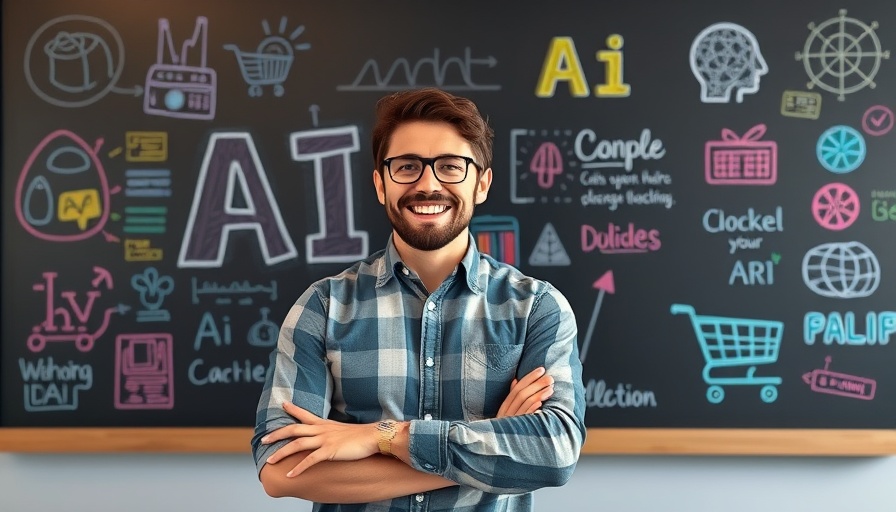
Understanding Generative versus Agentic AI
The landscape of artificial intelligence is rapidly evolving, particularly in the distinction between generative AI and agentic AI. Generative AI comprises systems that respond to user prompts by producing content such as text, images, or audio—think of chatbots and creative generators. They are fundamentally reactive, functioning as sophisticated pattern-matching mechanisms that rely heavily on the training provided through vast datasets. The moment a user provides input, generative AI generates its response, often leaving further decision-making in the user’s hands.
In the video titled 'Generative vs Agentic AI: Shaping the Future of AI Collaboration', the discussion dives into the nuances of these two AI frameworks, prompting us to analyze their implications further.
The Power of Agentic AI in Decision-Making
In contrast to their generative counterparts, agentic AI systems are proactive. While they also start with user input, they significantly extend their capabilities by engaging in a series of autonomous actions to achieve set goals. These systems perceive their environment, decide on actions, execute them, and learn from the outcomes—all with minimal human intervention. An example of this could be an AI agent that proactively monitors product availability across various platforms, handles purchases, and coordinates deliveries without constant user input.
Chain of Thought Reasoning: The Cognitive Engine
At the heart of both types of AI lies the backbone of large language models (LLMs), which provide extensive reasoning capabilities. The convergence of generative and agentic functionality often utilizes a concept known as "chain of thought reasoning." This approach enables agentic AI to break down complex tasks into manageable steps, similar to human problem-solving processes. It allows these systems to navigate intricate objectives, such as planning a conference, through internal dialogues and logical analysis before proceeding with action.
AI’s Future: Collaborative Intelligence
As these technologies advance, the future of AI likely hinges on hybrid systems that seamlessly integrate generative and agentic functionalities. Such intelligent collaborators could ascertain when to create or explore through generative means and when to decisively act through agentic mechanisms. The potential applications are vast, from creative endeavors to intricate project management, heralding a new era of cooperative human-AI interaction.
The discussion on Generative vs Agentic AI: Shaping the Future of AI Collaboration provides a fascinating lens through which we can evaluate these two critical forms of artificial intelligence. As we ponder their implications, it's clear that both will shape the trajectory of AI in profound ways.
 Add Row
Add Row  Add
Add 




Write A Comment